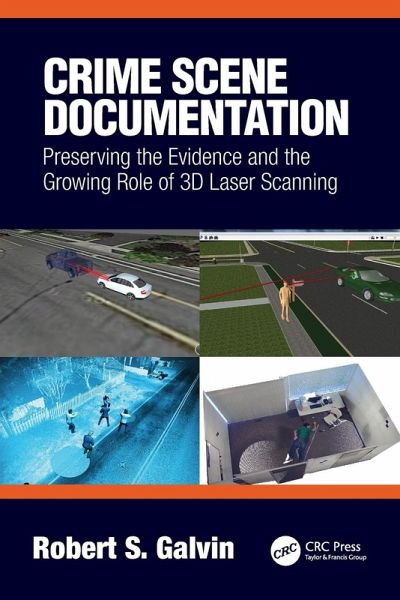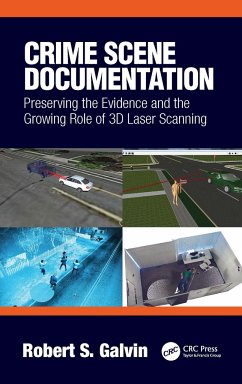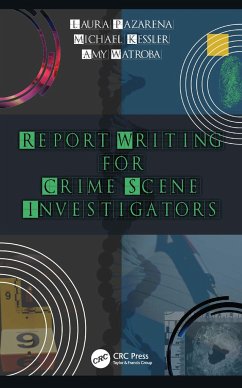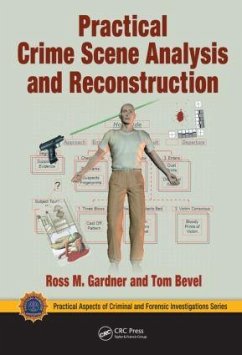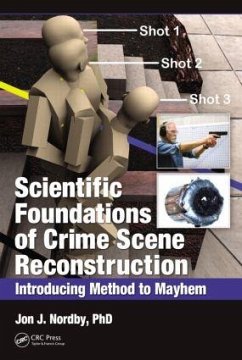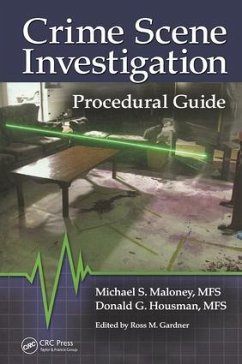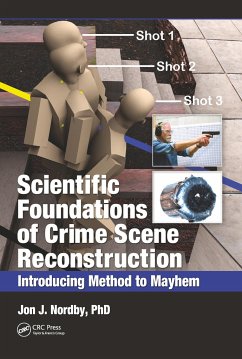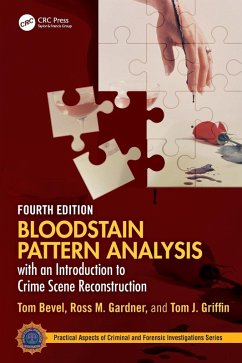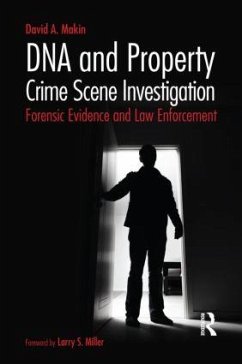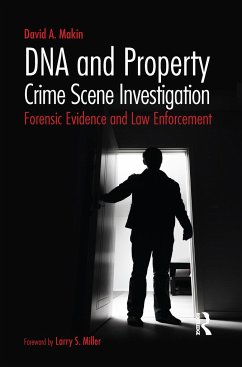Robert Galvin has 43 years of experience in public relations, newspaper reporting and writing, and trade press writing. During the last 15 years, Mr. Galvin has concentrated on the law enforcement, public safety and forensic science sectors for writing and publication of trade press articles tied to crime scene investigations and scene documentation. Since 2007, he has focused his writing specifically on articles about crime and vehicle crash scene documentation, methodology and particularly the technology advancements that have occurred. Mr. Galvin has worked with vendors offering software and technology products that enable law enforcement agencies and crash/crime scene reconstructionists to record evidence, data, and contents at vehicle crash scenes and crime scenes. These vendors offer specific solutions, including: total station (an electronic instrument that measures sloping distance of object to instrument, horizontal and vertical angles-originally for land surveying, but now used for measuring vehicle crash and crime scenes), 2D/3D diagramming software, and 3D laser scanners. In addition to working with several companies as a public relations specialist and manager, Mr. Galvin built and managed his own public relations/writing services consulting firm which was operated from 1989 to 2018. In those years during which his articles about crash and crime scene documentation were published, Mr. Galvin interviewed a multitude of law enforcement, public safety, forensic and crime investigation professionals, including: crime scene investigators, crime detectives, snipers, S.W.A.T. Operators, criminalists, arson investigators, police chiefs, sheriff's deputies who investigate crime scenes, vehicle crash and crime scene reconstructionists, and forensic experts.
